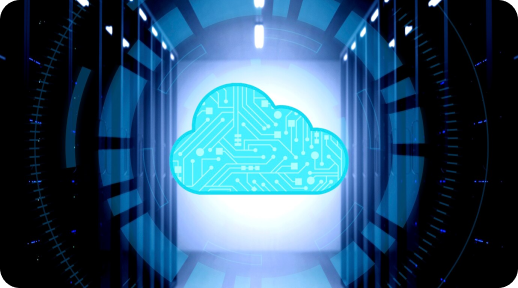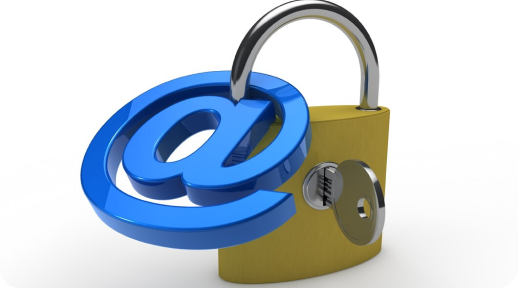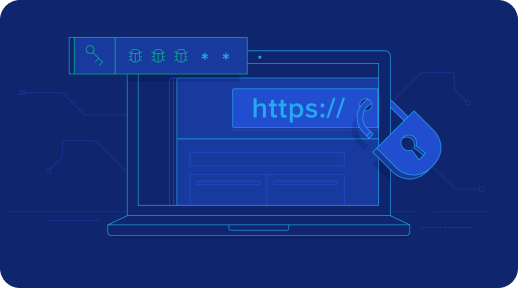Enterprise security solutions are a critical component of modern business operations. They encompass a wide range of technologies, strategies, and processes designed to protect an organization’s digital assets, sensitive data, and infrastructure from cyber threats.
Security Solutions

Security Solutions
- Network Security
- Endpoint Security
- Cloud Security
- Data Security
- Identity and Access Management (IAM)
- Email Security
- Web Security
- Incident Response and Recovery

- Firewalls: Protect against unauthorized access by monitoring and controlling incoming and outgoing traffic.
- Intrusion Detection and Prevention Systems (IDS/IPS): Monitor network traffic for suspicious activities and block threats.
- Secure Service Edge/VPNs : Secure remote access to enterprise resources.

- Endpoint Detection and Response (EDR): Provide advanced threat detection, investigation, and response capabilities.
- Device Control: Manage and control access to applications and physical drive access. Remote wipe capabilities work with company policies.
- Extended Detection and Response (XDR): It’s a cybersecurity approach that provides a unified platform to detect, investigate, and respond to cyber threats across various security domains.
- Zero Trust Security: A model that assumes no user or device is inherently trusted, enforcing strict verification.

- Cloud Access Security Brokers (CASB): Ensure secure access to cloud applications and services.
- Cloud Workload Protection Platforms (CWPP): Secure workloads across various cloud environments.
- Cloud-Native Application Protection Platforms (CNAPP): Integrate security for containerized environments and Kubernetes.
- SASE: secure access to corporate applications, data, and services so they can hybrid and remote workers can work from anywhere, no matter where the resources are located.

- Data Loss Prevention (DLP): Prevent unauthorized sharing or leakage of sensitive data.
- Encryption: Protect data in transit and at rest.
Access Control: Restrict data access based on user roles. - Privilege Access Management (PIM): refers to the solution designed to protect organizations from cyber threats by monitoring, detecting, and preventing unauthorized access to critical resources. PAM focuses on managing and securing privileged accounts, which have elevated permissions to sensitive systems and data.
- Information Protection – Prevent unauthorized access, use, disclosure, disruption, modification, inspection, recording, or destruction of information.

- Multi-Factor Authentication (MFA): Strengthen login security.
- Single Sign-On (SSO): Simplify and secure access to multiple applications.
- Privileged Access Management (PAM): Control and monitor access by privileged users
- Conditional Access: helps organizations control access to applications and resources based on certain conditions or criteria i.e., purpose, components, enforcement, customizability, Integration, and Best Practices.
- Just-In-Time Access: grants temporary, task-specific access to users, applications, or systems for a limited amount of time reducing the risk associated with long-term access.

- Spam Filtering: Block unsolicited and harmful emails.
- Phishing Protection: Detects and prevents phishing attacks.
- Email Encryption: Secure email communication.
- Safe Attachments: designed to provide an additional layer of protection against malware in email attachments.

- Secure Web Gateways (SWG): Protect against web-based threats.
- SSL Website Data Encryption Exchange: encrypt data exchanged between a client and a server, such as a web browser and a website. It ensures that data transmitted between the client and server is protected from interception and tampering by third parties.
- Web Filtering: protect customers’ web-facing applications from cross-site scripting and malicious code injections.

- Backup and Disaster Recovery: Ensure quick recovery in case of data breaches or ransomware attacks.
- Incident Response Plans: Outline steps for responding to security incidents.
Forensics: Investigate and analyze security breaches.
Security Solutions Partners


